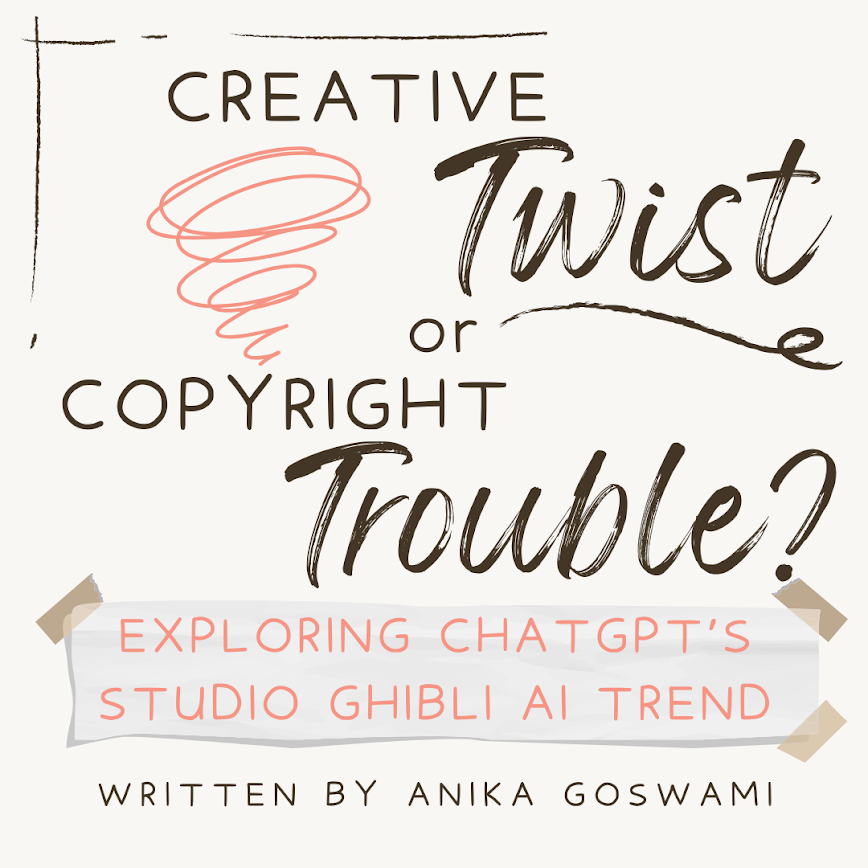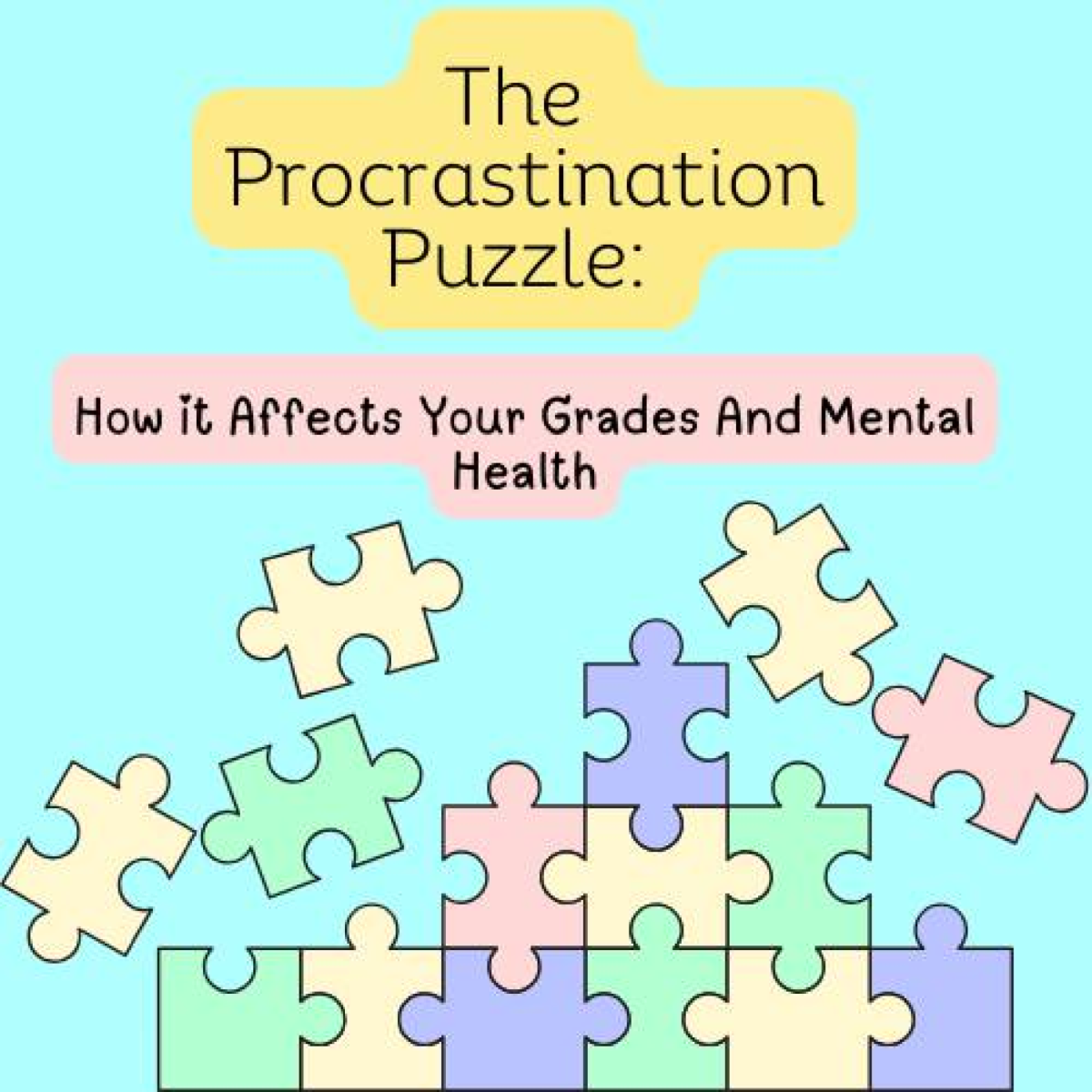Everyone who knows me knows that I’m a huge breakfast person. And with going to this terrific online school we all know as iUniversity Prep, that has allowed me to create my own breakfast right at home each morning. But, with the busy schedule of assignments, live lessons, clubs, and activities outside of school, it can be difficult to cram making a delicious yet healthy breakfast into my day. So, how can you even begin to start this seemingly simple task? Well, it all starts with your ingredients.
Ingredients You Can Include Into Your Daily Breakfast
- Eggs. They’re quick to make, and tasty to eat! Containing protein, B vitamins, and choline, eggs are a great way to kick-start your brain for the day. What’s choline, you ask? Well, it’s a necessary nutrient for your body to help make acetylcholine, which in turn can help you with better memory, brain function, and intelligence (Rifkin, 2022). Additionally, eggs can be cooked in a variety of ways, allowing for you to create many customizable daily breakfasts.
- Fruits such as strawberries, blueberries, and oranges. Whether you add them with some Greek yogurt, or use them as a side to some tasty eggs, fruits are an amazing way to get loaded with fiber, vitamins, and minerals. Raspberries, blueberries, and strawberries all contain anthocyanins, which “… may delay brain aging and improve memory.” Furthermore, oranges, famous for being packed with vitamin C, help to improve your “… focus, memory, attention, and decision speed.” (Seitz, 2024).
- Oatmeal. Super quick and easy to make, and paired wonderfully when topped with fruits, oatmeal is a great way to get a good source of fiber, vitamins, and minerals. The B vitamins contained in oatmeal help to improve your overall cognitive function, mood, and memory. In addition, the complex carbohydrates can help to improve your focus and concentration, perfect for helping to knock out those daily assignments (Is oatmeal good for, 2025).
- Nuts, especially walnuts. As a delicious addition to some fruit or topped on oatmeal, nuts are a crunchy yet brain-boosting food containing vitamin E, healthy fats, and antioxidants. Studies have shown that by eating nuts regularly, the vitamin E helps to slow down and prevent cognitive decline (Seitz, 2024). And, while nuts are a great way to support your brain, walnuts especially help with learning and memory due to having omega-3 fats (Rifkin, 2022).
- Yogurt, such as Greek yogurt. Creamy and delectable when added with some tasty fruits, yogurt is a perfect addition to your daily breakfast. Packed with calcium, yogurt not only helps with overall bone and teeth health, but also to improve your brain function. Particularly in Greek yogurt, it is a great source of protein, which can lead to an overall mood boost and improve your cognitive development (Is yogurt good for, 2025). On the other hand, it’s important to note that some yogurts can be filled with sugar, so it’s necessary to be mindful of the sugar content in certain yogurts.
Now, what are some things to avoid consuming on a daily basis? While some of these may be tasty, or quick to whip up during a busy morning, they certainly won’t do your already hard-working brain any good. With that being said, it’s a-okay to eat these once in a while, since as we all know, moderation is key!
What to Avoid in Your Daily Breakfast
- Highly processed foods and meats. These ultra-processed foods and meats typically contain loads of extra calories while being low on nutrients. The high amount of added sugars, sodium, and other preservatives found in these foods can negatively affect your cognitive ability and thinking skills if eaten regularly over time (Rose-Francis, 2025). So, while bacon and sausage may be a delicious side, you may want to skip on adding them to your daily breakfast as they are high in saturated fat and sodium (Qayum, 2024).
- Highly salty foods. While a little bit of salt to food won’t do any harm, regularly consuming foods that are high in salt are shown to have detrimental effects on your brain. Typically found in canned and processed foods, such as heavily processed meats, eating these types of foods can also negatively impact your memory, lead to high blood pressure, and can trigger inflammation that can damage brain cells (Amen University, 2025).
- Sugary cereals. It may be easy to pour some cereal with some milk to make a quick breakfast, but many cereals often contain a great quantity of sugar. This excessive intake of sugar regularly can cause many cognitive problems, such as a decline in cognitive function, memory, and focus (Amen University, 2025). It can also lead to brain fog and difficulty concentrating, the last thing you’ll need to get your daily assignments done (Qayum, 2024).
- Pastries and donuts. You may want to resist grabbing a donut for your daily breakfast, since donuts and other pastries are high in sugar and unhealthy fats. Regularly consuming these can impair your brain function, memory, and focus (Qayum, 2024). These foods also contain trans fats, and as reported by Amen University, can “… impair learning and memory by triggering oxidative stress in brain cells and decreasing brain-protective protein activity.”
- Artificial sweeteners. Commonly found in foods or beverages marketed as “sugar free” or “low calorie”, when consumed regularly, can wreak havoc on your hormone balance and cognitive function. An artificial sweetener called aspartame can damage your memory and focus, negatively affecting your day-to-day studying and finishing assignments (Amen University, 2025). Additionally, “consuming too much aspartame may be associated with behavioral, emotional, and cognitive problems” and can impair your learning abilities (Rose-Francis, 2025).
Getting hungry after all this talk about food? Well you’re in luck, since here are some quick, easy, delicious, and more importantly, healthy, brain-boosting breakfast recipes, tested out by your peers here at iUP!
Recipes and What iUP Has to Say
Recipe for oatmeal:
Ingredients:
2 cups of water
1/4 cup of the milk of your choice
1 cup of oatmeal (whatever kind you prefer; I personally love quick oats)
1-2 teaspoons of granulated sugar (optional)
About 1/2 a teaspoon of cinnamon
About 1/4 teaspoon of nutmeg (optional)
Small amount of Half & Half (around 1/2 a tablespoon-1 tablespoon to be added at the end)
Optional: Top with fruit
Instructions:
- Start by adding 2 cups of water into a small pot and turn the heat up to slightly higher than medium heat.
- Then, add in 1/4 cup of milk, 1 cup of oatmeal, 2 teaspoons of sugar, about 1/2 a teaspoon of cinnamon, and about 1/4 teaspoon of nutmeg.
- Mix all the ingredients together and continue to occasionally mix it as it cooks. You can continue to cook it to your preferred consistency.
- When it is done, pour most of it into a bowl, and add in the half & half. This is so that way it can make it creamier. It’s a GAME CHANGER adding this.
- Finally, add your fruit of choice. I highly recommend adding banana, as it sweetens it up while not having to add in extra granulated sugar. You can also add in strawberries, blueberries, raspberries, or nuts such as walnuts.
- Enjoy!
When students were asked “On a scale of 1-10, how would you rate how easy or hard it was to make this breakfast?” with 1 being “SUPER quick and easy, even an amateur could do it!” and 10 being “Extremely hard, I’m not a professional chef!” on average, it was rated a 4 out of 10, so not too bad to make this quick and easy breakfast!
Recipe for a smoothie:
Ingredients:
About 6 strawberries (fresh or frozen), but will depend on their size
1 banana (just make sure it’s not super ripe!)
1/4 cup of blueberries (fresh or frozen)
2 tablespoons of quick oats (optional)
Protein powder (as much as you need/want and optional)
1/2 a cup of the milk of your choice
1/4 cup of orange juice
Very small drizzle of honey
For just a strawberry and banana smoothie, here are the ingredients:
About 8-10 strawberries (fresh or frozen), but will depend on their size
1 banana (just make sure it’s not super ripe!)
2 tablespoons of quick oats (optional)
1 teaspoon of protein powder (optional)
1/2 a cup of the milk of your choice
Very small drizzle of honey
Instructions:
- If you have fresh fruit, be sure to rinse it. Then, cut the tops off of the strawberries, and add them to a blender.
- Next, add in 1 banana, 1/4 cup of blueberries, 2 tablespoons of quick oats, your preferred amount of protein powder, 1/2 cup of milk, 1/4 cup of orange juice, and a very small drizzle of honey.
- Blend them all together.
- Pour into a glass, add a strawberry on the side of the glass or blueberries on top of the smoothie for a garnish (completely optional) and enjoy!
For a strawberry and banana smoothie, follow the same steps and simply do not add in the extra ingredients.
An 8th grader named Anthony reviewed this recipe, and stated that, “It was great! I loved the touch of the orange juice and the added honey. I drink a lot of smoothies, and this was honestly one of my favorites!” When asked if they thought that this helped for them to feel more focused afterwards, Anthony said that, “It definitely helps, I woke up early this morning and feel better with it than if I ate something unhealthy.” They also noted that, “This could also be great for after a workout. I also only eat breakfast a few times a week, so this might make it easier to get calories since they are liquid. I’m never hungry in the morning so this could help.”
Recipe for a parfait and a Greek yogurt bowl:
Ingredients:
2 heaping spoonfuls of Greek yogurt
2 strawberries (decently sized)
1 banana
Blueberries (optional)
Granola (as much as you would prefer)
Honey (as much as you would prefer)
Plus, any other fruit you would like to add
Instructions:
For making a parfait (made into a preferably clear glass cup):
- Place 1 heaping spoonful of Greek yogurt into your glass, and if needed, smooth it around.
- Drizzle as much honey as you would prefer on top of the yogurt. (If using plain, unsweetened Greek yogurt, it will likely need more honey because the yogurt is naturally sour. With regular yogurt, or a flavored Greek yogurt (such as a strawberry one) it will not need as much honey. Be careful not to put TOO much though; this may cause it to become a bit more liquid-y as you eat it.)
- Cover with a layer of granola, or as much as you would prefer.
- Place relatively thick slices of banana all around the glass.
- Place strawberry slices (from 1 strawberry) around the glass, pointed end touching the edge of your cup. Cut the slices decently thin; this will help to be sure there is enough strawberry to cover around the cup. If adding blueberries, you may place a few in the remaining spaces between the strawberries and banana slices.
- Drizzle this layer with honey (as much as you would prefer).
- (Repeat the steps above to make a second layer)
- Enjoy eating (and seeing) a wonderful parfait!
For making a Greek yogurt bowl (basically same thing, but in a bowl instead):
- Place two heaping spoonfuls of Greek yogurt into a bowl, and if needed, slightly more.
- Cut relatively thick slices of banana to place around your bowl. This is where you can get really creative! You can arrange it however you would like it best.
3: Cut 2 strawberries to the thickness that you think fits best, and arrange them in your bowl.
- Place any other kind of fruit in the bowl, (cut if needed), and arrange them how you would like!
- Sprinkle as much granola as you would prefer.
- Drizzle as much honey as you would like, depending on the kind of yogurt you have (noted above).
- Enjoy!
When students reviewed these recipes, they got an average of 2 out of 10 on the scale of “How would you rate how easy or hard it was to make this breakfast?” showing how students agree that this is an easy breakfast to whip up in the morning. A student from 6th grade, named Ava Thomas, chimed in and said that “This is much better then my everyday breakfast,” and that they felt “more focused”.
Another student from 8th grade stated that, “I really liked it because it’s a simple and easy breakfast that just takes 5-10 minutes,” and that, “… it was the perfect amount with perfect ingredients.”
Conclusion
Ultimately, it is concluded that eating a good, healthy breakfast for your brain can positively impact your work day, while not compromising on the time it takes to make. Although eating that sweet donut every so often poses no big threat, it’s important to know the best ingredients to support you on a daily basis. So, next time you’re looking for a quick, delicious, and brain-boosting breakfast, try out one of the recipes, and be mindful of choosing your ingredients! You’ll be glad you did!
Works Cited:
Amen University. (2025, January 3). Psychiatrist Dr. Amen Reveals 8 Worst Brain Foods. Amen University. https://www.amenuniversity.com/blogs/news/psychiatrist-dr-amen-reveals-8-worst-brain-foods
Cymbiotika. (2025a, February 12). Is Oatmeal Good for the Brain? Exploring the Nutritional Benefits of Oats. Cymbiotika. https://cymbiotika.com/blogs/health-hub/is-oatmeal-good-for-the-brain-exploring-the-nutritional-benefits-of-oats
Cymbiotika. (2025b, May 16). Is Yogurt Good for Brain Health? Exploring the Connection. Cymbiotika. https://cymbiotika.com/blogs/brain-health/is-yogurt-good-for-brain-health-exploring-the-connection
Qayum, M. (2024, December 4). 3 Breakfast Foods To Avoid At All Costs Because They’re So Bad For Your Brain, According To A Neuroscientist. She Finds. https://www.shefinds.com/collections/breakfast-foods-bad-for-brain/#slide-2
Rifkin, M., & Abdullah, K. H. (2022, December 5). 7 Brain-Boosting Breakfast Foods To Eat for a Focused Day. Eat This, Not That! https://www.eatthis.com/best-breakfast-foods-brain-health/
Rose-Francis, K. (2025, May 14). What Are the 7 Worst Foods for Your Brain? Healthline. https://www.healthline.com/nutrition/worst-foods-for-your-brain
Seitz, A. (2024, March 13). Best Foods for A Healthy Brain and Improved Memory. Healthline. https://www.healthline.com/nutrition/11-brain-foods#fish















